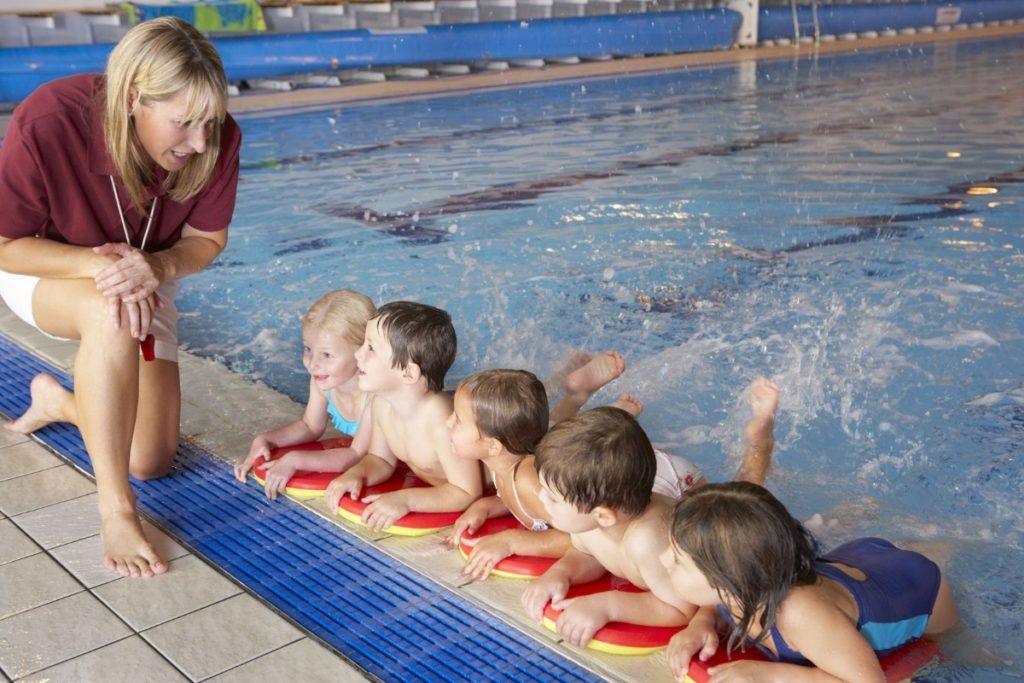
Question: I like the idea of being my child’s first coach, but I have no experience whatsoever. How do I do it?
Discussion: Your child is embarking on a movement experience. It’s experimental, and you can discover the wonders of sports alongside your child. You don’t have to be an expert or pretend to be one. Kids under the age of twelve, and particularly nine or younger, want, more than anything else, to share experiences with their parents. If you express interest in engaging in an activity with them and spend time learning and playing with them, that’s all that matters. After the age of twelve or thirteen, kids do seek a balance between interest and expertise. That’s okay. You can call in an expert then.
Kim recalls a father he observed in his hometown of Northampton, Massachusetts. “The dad could hardly throw a ball. But he could put a mitt on, and his son loves pitching. So they’re out there for an hour every evening playing catch. The son’s this big kid who pitches really well. The dad’s a little on the ‘nonathlete’ side of the spectrum. But there they are every day—a dad and his ten-year-old kid. Having fun.”
Play, games, and sports are all about developing connections. If you are willing to get out there, put on a mitt, and catch your son’s fastball, that’s all that counts. The connection is what matters at this stage, not skills. As your child’s first coach, you play a central role in his future athletic development. One key ingredient in any child’s sports biography is the “passion to play.” Fun is the foundation on which long-term participation and success in sports are built. You can foster this in your child no matter how little experience you have as a coach or player.
If you introduce your child to the joy of sports, it makes a lasting impression on him. As his appreciation grows, he will be much less likely to drop out down the line. Learning a sport requires discipline: Plenty of practice and repetition are needed to develop skills and hone techniques. If you have cultivated a passion for play in your young play-oriented athlete, however, he or she will want to work through the more difficult stages of skill development.
Solution: Whether it’s something as simple as soccer basics or as complex as a golf swing, there are dynamic ways to introduce every sport to any child. Take golf, for example: If your kid expresses an interest in the game and you’ve never played it before, don’t rush to sign him up for lessons. His smaller hands, fragile ego, and developing neural circuitry are not appropriate for the adult version of this challenging game. Play fun golf-like games with him at home or in the park instead.
Golf is a sport that requires a great deal of technique. Most parents don’t have the knowledge or skills to teach it to their children, but they can certainly find dynamic ways to introduce the basics. Here are a number of ways you can provide an enjoyable golfing experience without overburdening a child with instruction:
Frisbee golf (ideal for Stages One to Four). It’s not the traditional game using clubs, but it does replicate the scoring methods, the challenges of shot making, and strategy. The toss of a Frisbee actually replicates several of a golf swing’s key components: shifting weight from the back to the front foot, upper body rotation, and follow-through. Frisbee golf can be set up in your backyard, at a local park, or, for the more advanced, in park trails. Precision and shot making are keys to this game. If you have plenty of room, set up eighteen different holes, using trees or poles as holes or targets. Or you can purchase metal baskets that sit off the ground on their own poles. If you have limited space, set up as few as three holes of three different lengths and degrees of difficulty (around corners or over shrubs) and play each set of three holes six times. As par for each hole, assign a designated number of shots the average player should take to hit the hole or target. To score your round, add up the number of shots it takes to complete each hole.
Backyard golf (Stages Two to Four). This is a game Scott played in his backyard throughout his childhood, while imagining himself to be Jack Nicklaus, Gary Player, or Ben Crenshaw. (Okay, so now Scott has revealed his vintage.) Players use real clubs (a seven iron and/or pitching wedge will do), often cut down to a more appropriate length, with either plastic golf balls (small wiffle balls) or short-flight foam balls. Targets can be tree trunks, pails, and even Hula-Hoops. Or you can splurge and purchase portable golf targets (such as those made by BirdieBall).
Snag golf (Stages One and Two). With this more expensive option, you can replicate different types of shots while limiting the frustration that comes with missing them too often. It helps make playing fun and is easy to use. The larger plastic club heads and tennis-like Velcro balls help you create an experience that is less challenging for young acolytes. The targets are different forms of colorful bull’s-eyes positioned horizontally or at ground level. When the balls make contact, they stick to the Velcro surfaces.♦
From Kim John Payne, Luis Fernando Llosa, & Scott Lancaster. Beyond Winnning: Smart Parenting in a Toxic Sports Environment(Lyons Press, Connecticut,
